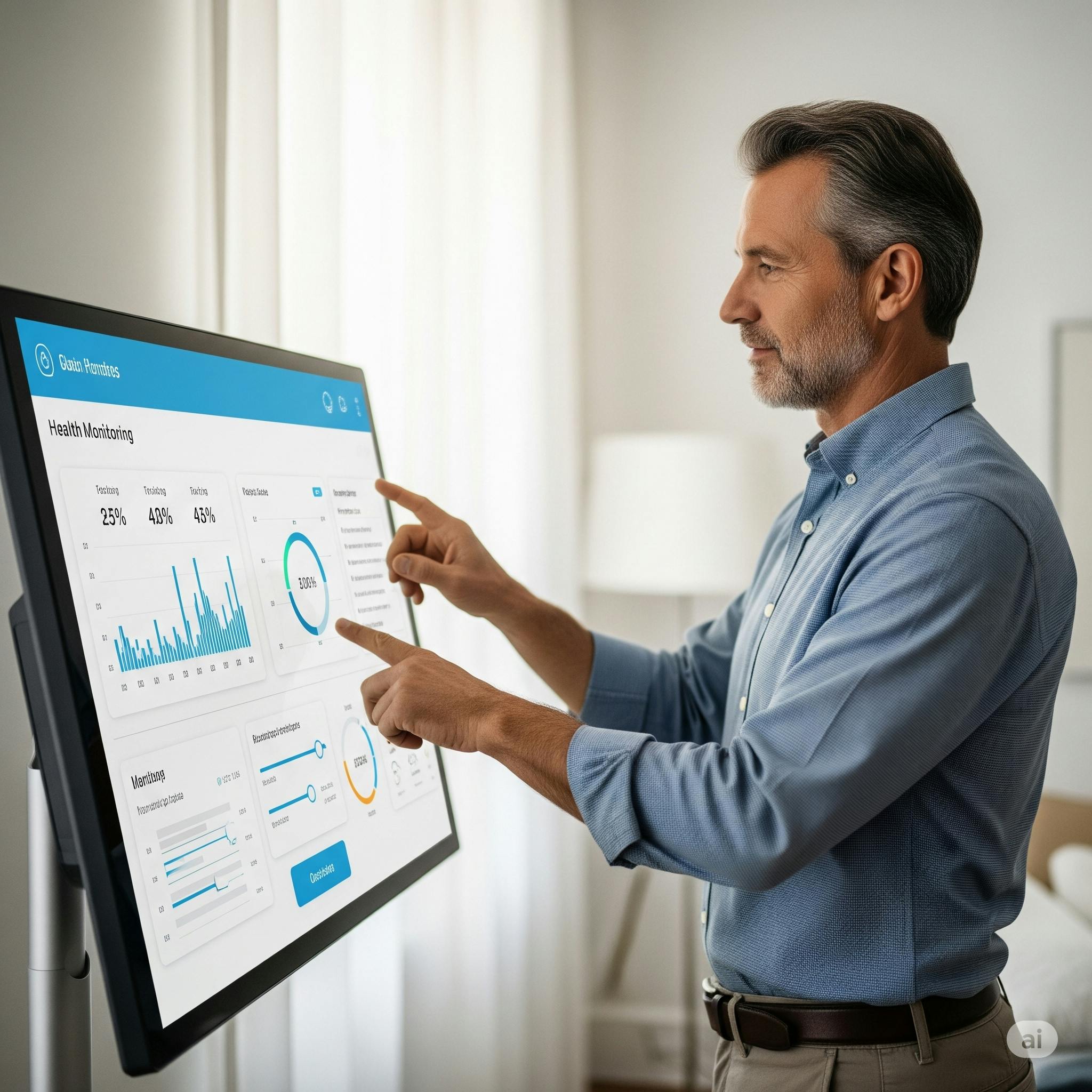The healthcare landscape is at a critical turning point. Fragmented and impersonal medical interactions are leaving millions struggling to manage their overall well-being. Over 51 million Americans are battling chronic pain, with 34% among them experiencing severe, high-impact pain episodes. Conditions like ADHD, too, affect millions of children and adults (around 5% of adults). The mental health crisis compounds this, with one in five U.S. adults (59.3 million in 2022) living with mental illness, contributing to an estimated $1 trillion annually in lost global productivity. These aren't just medical issues; they're systemic failures. The economic burden is immense, with chronic conditions alone costing the U.S. healthcare system hundreds of billions each year.
Unpacking Core Market Deficiencies
These issues have unlocked massive demand for new technologies to address gaps in the chronic health management market.
Patients with chronic pain and ADHD often find it very hard, if not impossible, to precisely track their fluctuating symptoms and then effectively communicate those nuances to their doctors. Unfortunately, the traditionally quick appointment model doesn’t adequately capture the detailed, long-term data needed for accurate diagnosis and personalized treatment, leading to frustration and suboptimal outcomes for patients.
Mental healthcare access is another market gap here. Though millions are dealing with anxiety and chronic stress, reliable consumer access points to immediate, convenient, and affordable care are less than needed, all too often. Combine high costs, geographical barriers, and persistent social stigma around mental health, and you have a void that impacts overall well-being, complicating health management.
Nutritional and fitness efficacy is a third market gap. Managing diet in tandem with motivation towards fitness goals remains an elusive goal for hundreds of millions worldwide. Conflicting advice, that the effort consistent tracking takes doesn’t always take workweeks into account, and a lack of personalized accountability, together, hinders people from sticking to healthy habits long-term. This contributes significantly to public health issues like obesity, which affects over two-thirds of U.S. adults.
Strategic Digital Solutions Entering the Fray
Digital health platforms specifically engineered to address problems related to precision, personalization, and accessibility are among the most successful niche cases in the healthcare market today.
Comprehensive health apps are enabling greater and more actionable health data visibility for patients than ever. Example:
Specialized apps for chronic conditions are making a tangible impact in data capture and analysis. Platforms like
Digital solutions to mental illness and wellbeing, also, are fundamentally changing access to support. Apps like
Why This Matters to Everyone
Accessibility, simplicity, tracking, clarity, and control are five personal data autonomy pain points that have long plagued digital health users. Use cases like Calm make mental wellness more accessible to the general public, delivering measurable, positive impacts on users’ lives in terms of sleep and stress improvement, a $72B market. How to know what to ask your doctor if you don’t know what you’re experiencing, or why? CareClinic’s data-driven clarity and control technology helps patients manage their chronic conditions, leveraging insights leading to better patient outcomes. It’s a scalable model in a multi-billion dollar market segment, empowering users to be active participants in their health. MyFitnessPal was one of the first to introduce fitness tracking as an additional yet simple part of the exercise routine. It empowers users by making complex nutritional and fitness tracking straightforward with actionable data to achieve their health goals. Practically a household name, the app has been on the market for the past 20 years.
Where We’re Going
The trajectory of personalized health is rising on the tide of artificial intelligence. Care has become increasingly personalized through digital technology and its application in healthtech and AI. Chronic condition management apps like CareClinic, therapeutic sleep apps like Calm, and legacy apps in physical health tracking like MyFitnessPal are examples of how essential healthtech solutions have become in the lives of everyday people. With every innovation released, greater and more broad visibility, control, and agency over their own health data is the eventual goal of this space. Check out the space more to find which tools suit your goals best.


